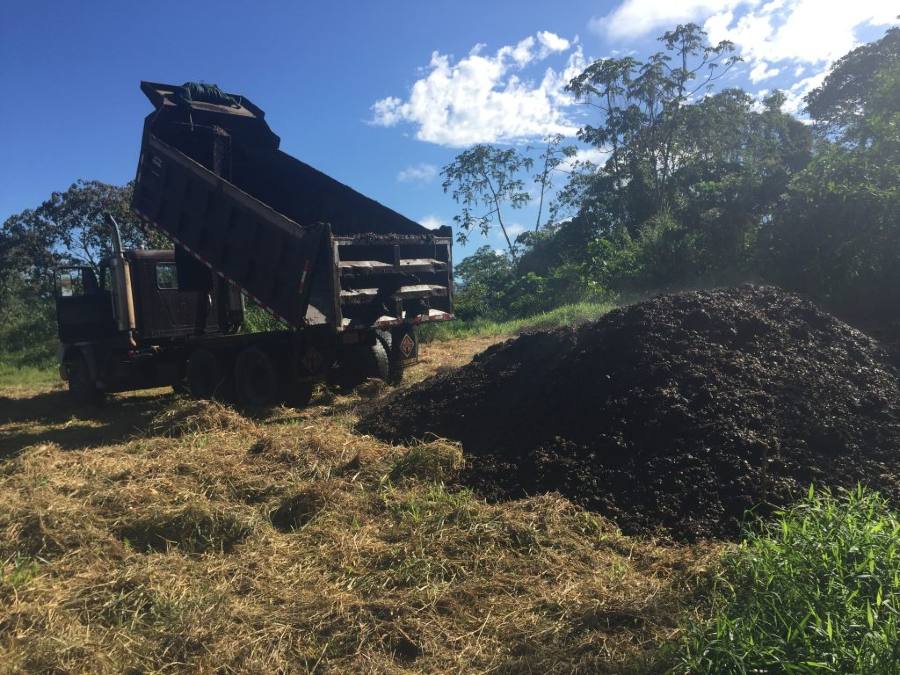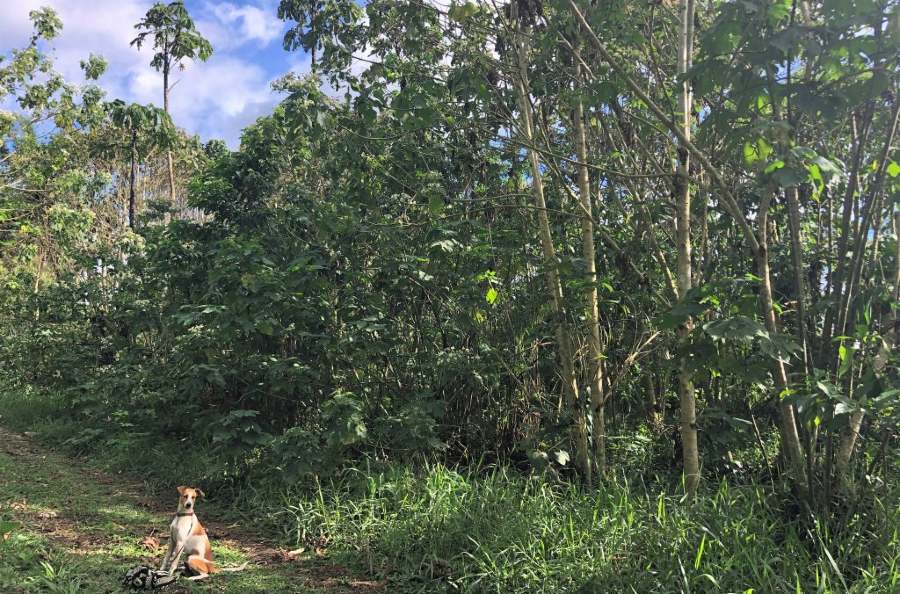A jolt of coffee in the morning sets the world’s workers right, but a new study shows that for trees, a bit of caffeine is just as good.
Tropical forests can regrow much faster when running on the caffeine from coffee pulp, a waste product from coffee production.
This was found in a direct case-control study of degraded tropical land in Costa Rica, where scientists from the University of Hawai’i and ETH-Zurich spread 30 dump truck loads of coffee pulp over a 35 x 40 meter plot of land.

They designated an equal size plot of the same land just next to it as a control plot.
People who drink coffee that also start composting in their homes often find that coffee grounds make up the majority of their weekly biomass. But coffee grounds are naturally acidic, with a pH of less than 5, and therefore aren’t always nutritious for some houseplants or decorative flowers.
Tropical soil on the other hand, traditionally containing very poor nutrient profiles, can tolerate the coffee’s acidity, it being acidic itself, and contains a variety of plants and microorganisms that thrive in low pH environments.
“Our results show that soil carbon, nitrogen, and phosphorous were substantially elevated in the coffee pulp compared to control treatment after 2 years,” write the authors in their study led by Dr. Rebecca Cole. “Coffee pulp addition significantly altered the ground cover characteristics, eliminating pasture grasses, facilitating establishment of herbaceous plants, and increasing the percent area covered by leaf litter.”
MORE: This Brilliant Low-Income Housing in Colombia is Made From Coffee Waste
Indeed, a report from the British Ecological Society claimed the area treated with pulp became a small forest, with 60% greater canopy coverage reaching 4 times as high than the non-treated area, which mostly remained filled with invasive grasses and weeds.

It’s a significant finding, since coffee is grown mostly in tropical climates, tropical soil tolerates coffee’s acidity, tropical forests are cut down at rates faster than any others, and tropical forests sequester more carbon and contain greater biodiversity than arboreal ones.
Normally heaped into storage lots and left to decompose, coffee pulp—which consists of the husk, skin, and pulpy interior—is rich in nutrients and also represents more than half of the weight of the coffee harvest. The authors cite one study that figured there are 218,000 tones of pulp that must be managed for every one million bags of coffee sent to market.
RELATED: Coffee Could Be Used to Fight Obesity, Says ‘Pioneering’ New Study
It’s a brilliant solution—to enrich tropical lands as countries produce a cash crop. It’s cheap, it’s local, the nutrients match, it gives animals more habitat and pulls more carbon from the atmosphere, and best of all, we can keep drinking that lovely cup o’ joe.
ENERGIZE Your Friends’ News Feeds—Share This Story on Social Media…





















I put coffee grounds in my worm bed. They thrive on the grounds and I have great worms fir my gardens and for fishing.
We did the same years ago – now i fish salt water only but if i get back to freshwater fishing, i will surely need earth worms.